National Asbestos Awareness Month (1-30 November) is Australia’s leading multi award-winning asbestos awareness and community education campaign in the prevention of asbestos-related diseases.
With asbestos-related diseases continuing to increase among Australians as a direct result of exposure to asbestos fibres during home renovations or in the workplace; the importance of increasing awareness and educating Australians on how to manage asbestos safely in accordance with regulations cannot be overstated.
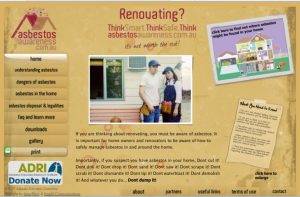
In 2011, we launched Asbestos Awareness Week in NSW with the first asbestosawareness.com.au website.
The week-long campaign held in the last week of November to coincide with Asbestos Awareness Day, was aimed at increasing awareness of the dangers of asbestos among homeowners and renovators to drive traffic to asbestosawareness.com.au where homeowners could access vital information on how to manage asbestos safely.
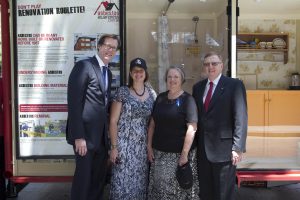
In 2012, Asbestos Awareness Week was rolled out as Australia’s first integrated national campaign.
The campaign aimed at engaging homeowners and renovators had been hugely successful in increasing the number of Australian’s accessing information on the website. However, research determined that although our week-long campaign continued to gain traction in engaging communities nationally; by extending the campaign to become Asbestos Awareness Month, we would engage a greater number of people to prevent asbestos exposure.

In 2013, we launched Australia’s first National Asbestos Awareness Month campaign.
Australia’s first National Asbestos Awareness Month achieved wide-spread awareness of the dangers of asbestos and provided more practical resources to help homeowners and renovators manage asbestos safely.
National Asbestos Awareness Month in the prevention of asbestos-related diseases.
Since 2013, we’ve continued to develop an extensive volume of user-friendly resources for homeowners. We’ve also expanded the scope of the campaign to include tradies, domestic and
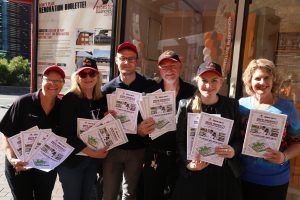
commercial property owners and managers, as well as those living and working in regional Australia
where naturally occurring asbestos exists.
By extending Asbestos Awareness Week to become National Asbestos Awareness Month we increased opportunities to advance community awareness and education in the prevention of asbestos-related diseases.
National Asbestos Awareness Month and asbestosawareness.com.au garners international recognition.

The National Asbestos Awareness Month campaign and asbestosawareness.com.au are internationally acclaimed by academics, researchers, asbestos support groups and industry leaders for continuing to successfully generate wide-spread community awareness of asbestos risks while providing accessible resources for homeowners, renovators, tradespersons and commercial, domestic and rural property owners and managers.
To participate in National Asbestos Awareness Month, register here to download free campaign resources.


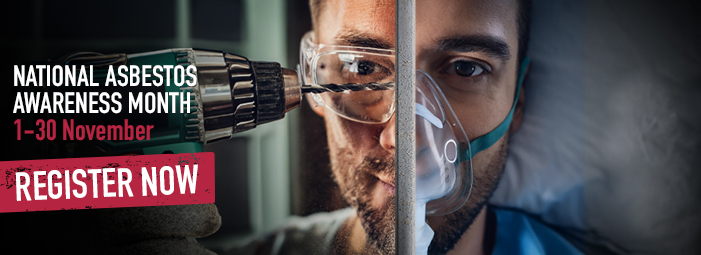
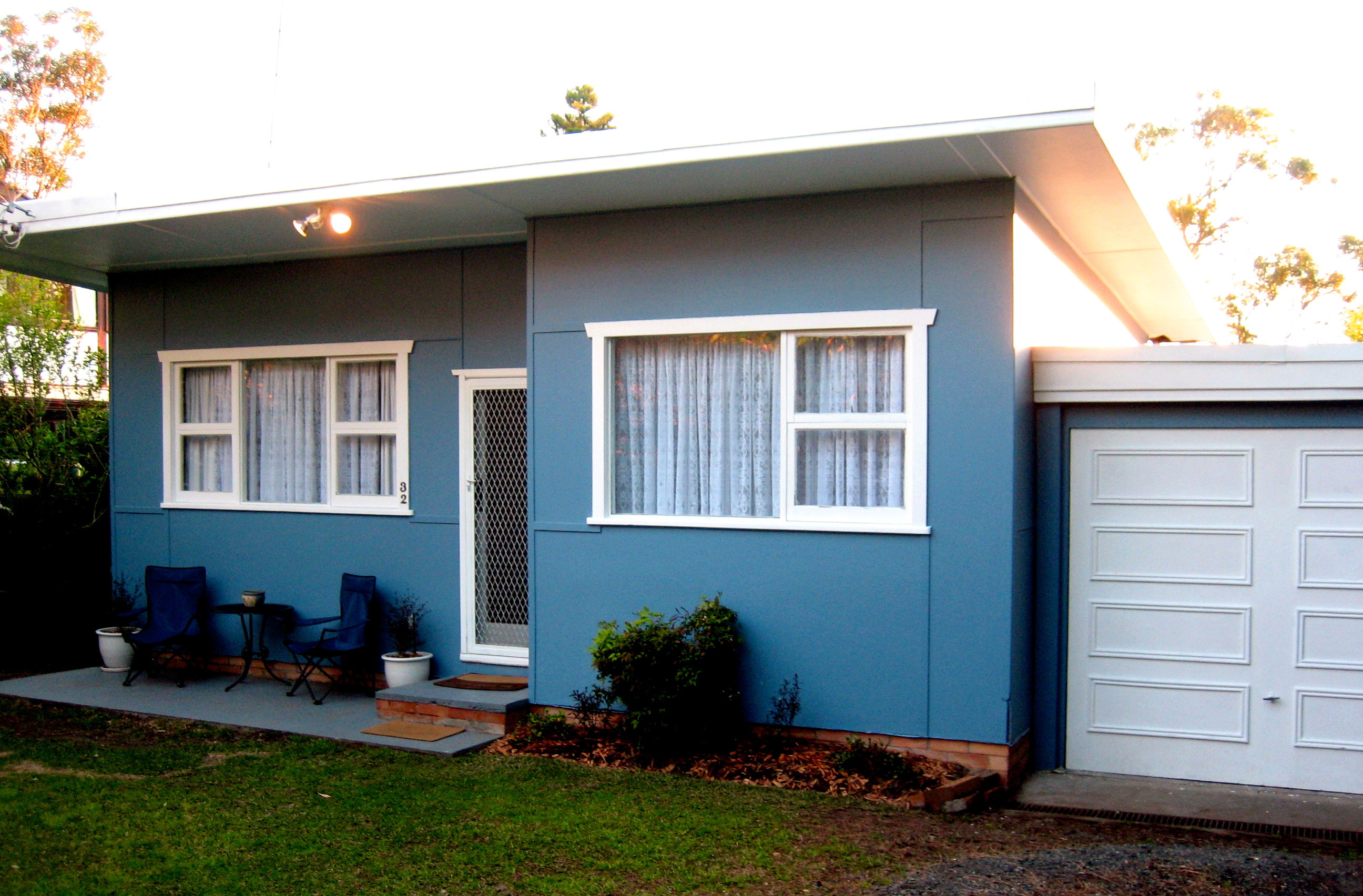 Asbestos fibres were used widely in
Asbestos fibres were used widely in  materials in and around homes, plus the knowledge to manage it safely. This practical guide enables homeowners to conduct a simple, easy to follow visual inspection of their property. By following the easy step-by-step instructions, in under an hour homeowners can have a better understanding of the types of products that might be in their home and if it’s in need of maintenance, repair or removal. Visit the
materials in and around homes, plus the knowledge to manage it safely. This practical guide enables homeowners to conduct a simple, easy to follow visual inspection of their property. By following the easy step-by-step instructions, in under an hour homeowners can have a better understanding of the types of products that might be in their home and if it’s in need of maintenance, repair or removal. Visit the 